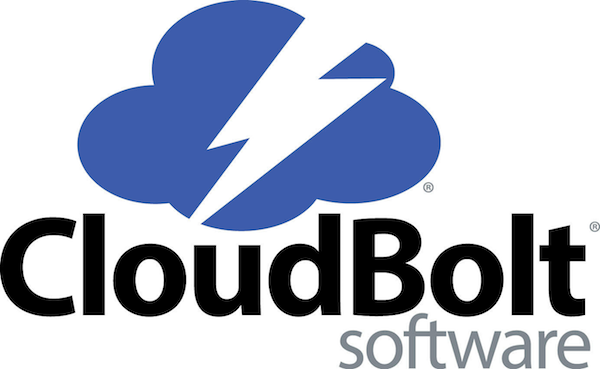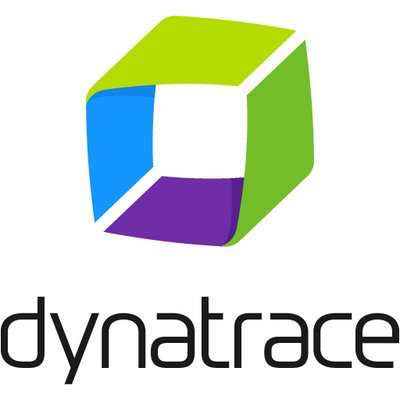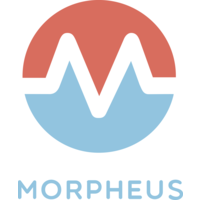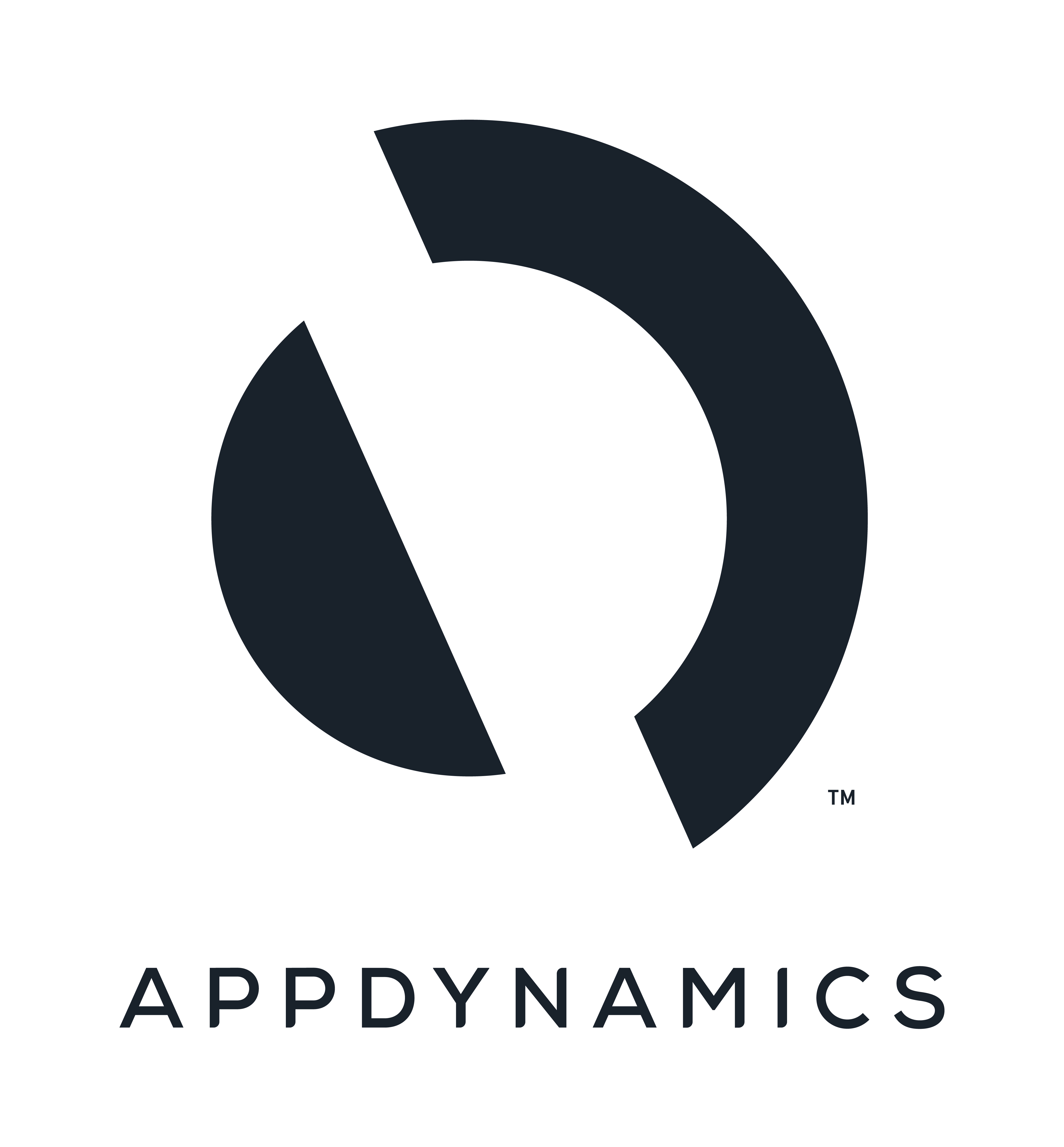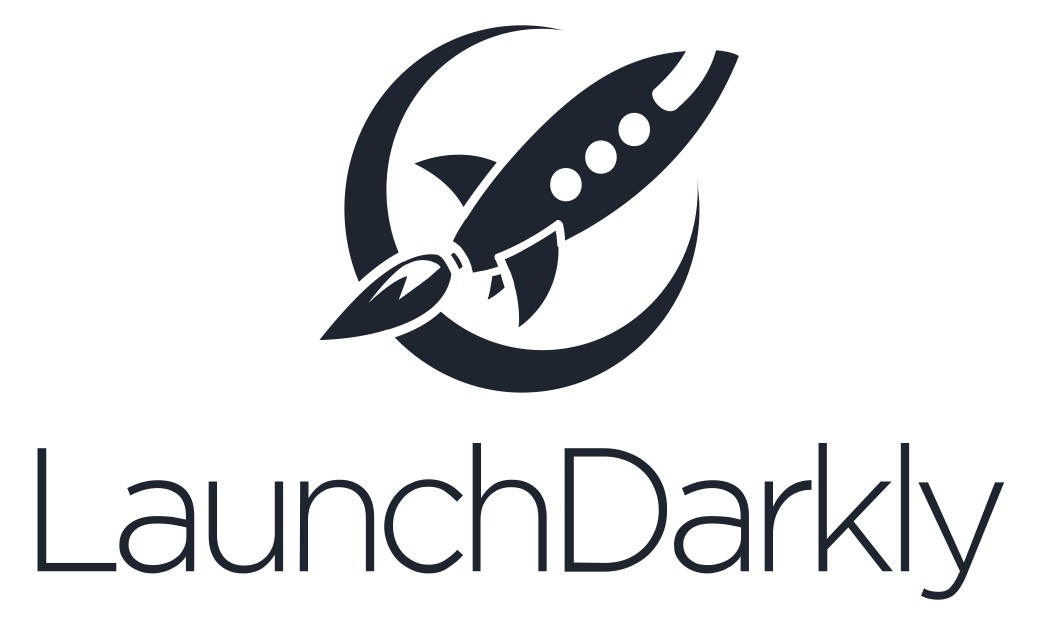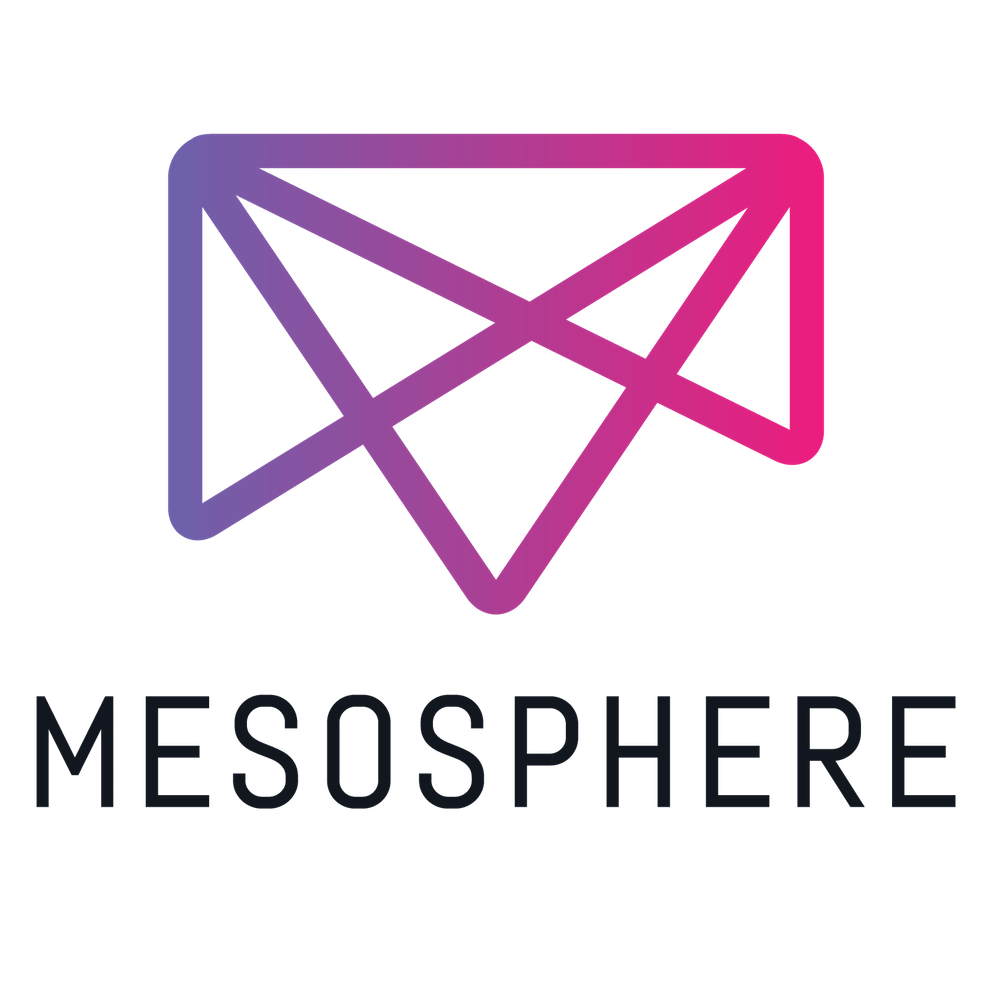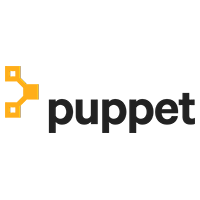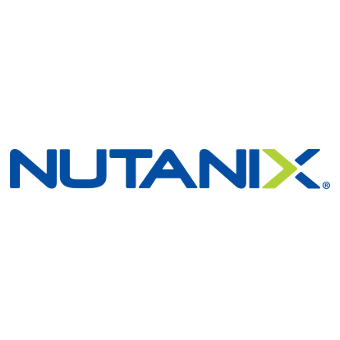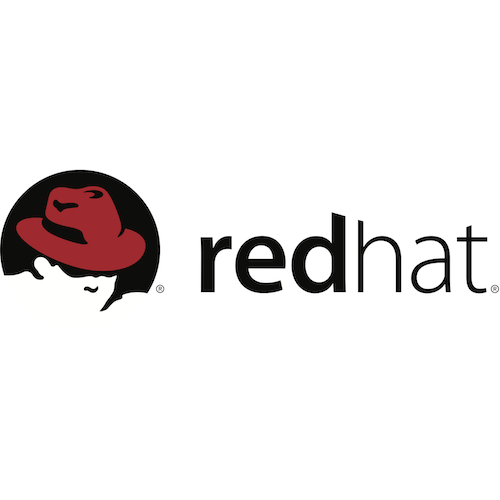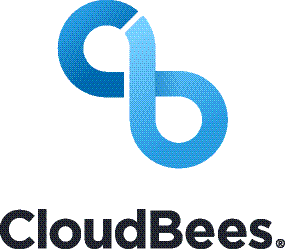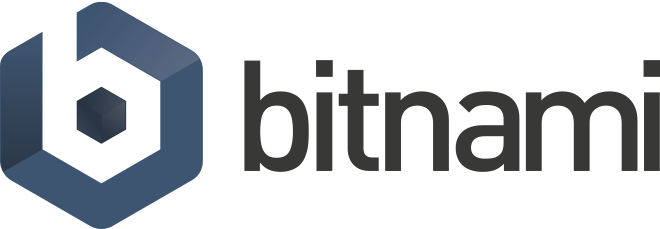To Pull Request, Or Not Pull Request?
Everyone Pull Requests (or Merge Requests), right?! Actually, no! Some folks just haven’t had an opportunity to try PRs. Let’s explores a few good reasons - including a few you’ve likely never considered - for trying Pull Requests or upping your existing Pull Request foo.
While many of us assume everyone must be using Pull Requests in 2018, it’s just not true. Common examples of people that have never tried PRs are new developers, those transitioning from more traditional operations to DevOps, and those on the fringes of DevSecOps who might not traditionally write a lot of code (product, qa, etc) but do so occasionally. “Pull Requests are more than a GitHub feature. They can help you to be a better engineer, a better team member, and a better team.”
- helping new and junior team members learn about the code base and the team’s coding patterns
- helping teams honor working agreements (ex. pull request templates and status checks)
- lightweight change control (ex. protected branches, required reviewers)
- finding the right people to share wisdom and feedback (ex. codeowners file, automatic assigned reviewers)
- helping other team members to have more empathy for working in the code base (ex. adding a GIF of how this PR made you feel to the PR and having your product manager ask you “why did that make you so sad”)
- automating processes that are required by your project managers and product folks (ex. automatically update a kanban board based on activities - branches, pull requests, status checks, release status, etc)
- making more sustainable commitments (ex. throughput metrics to make realistic and sustainable planning commitments)
- helping provide transparency (ex. integrate with chat tools and chatops
- beyond code (ex. documentation, help, meeting notes, retros)
Speaker

Adam Zolyak
Adam Zolyak is a Developer Advocate for Waffle.io, which helps developers to stay aligned and automate their project status updates using GitHub. Adam focuses on enabling better ways of working that ...




